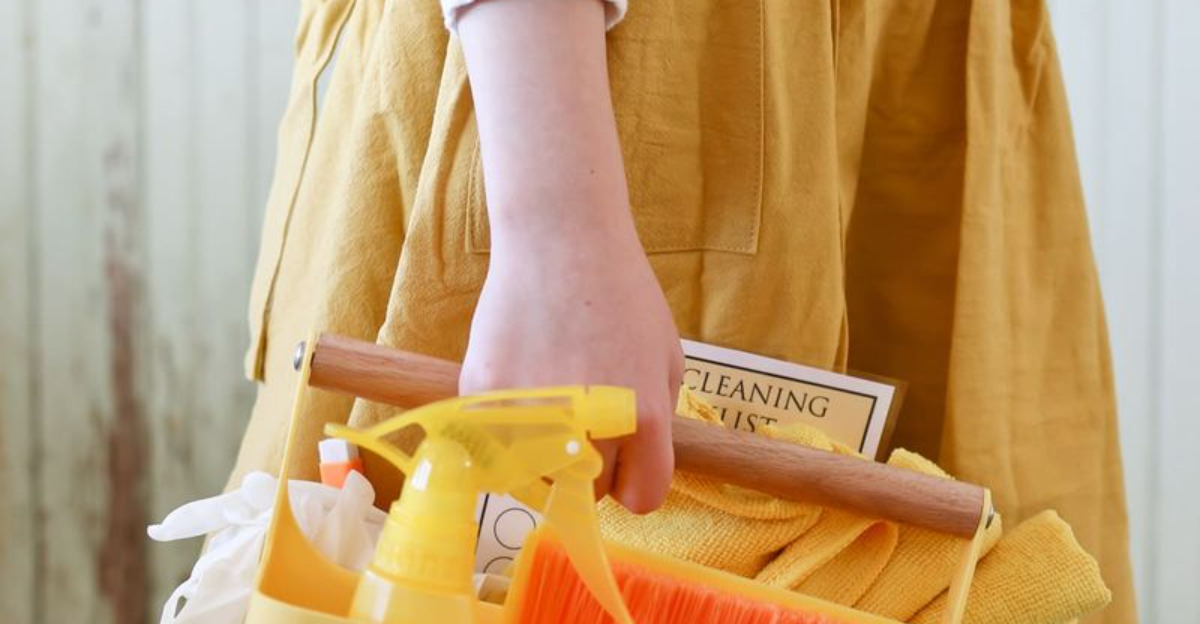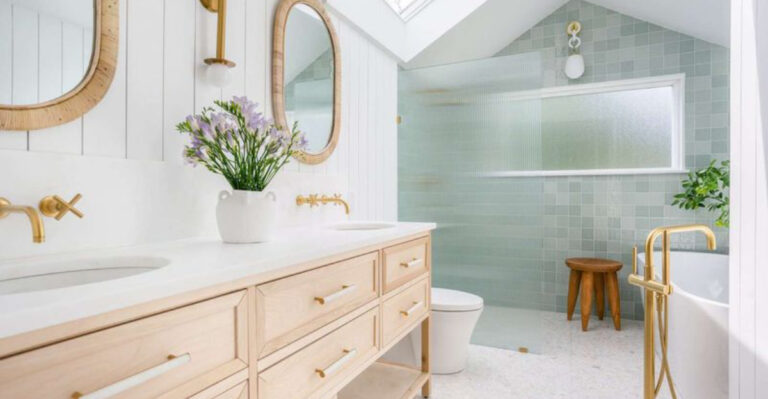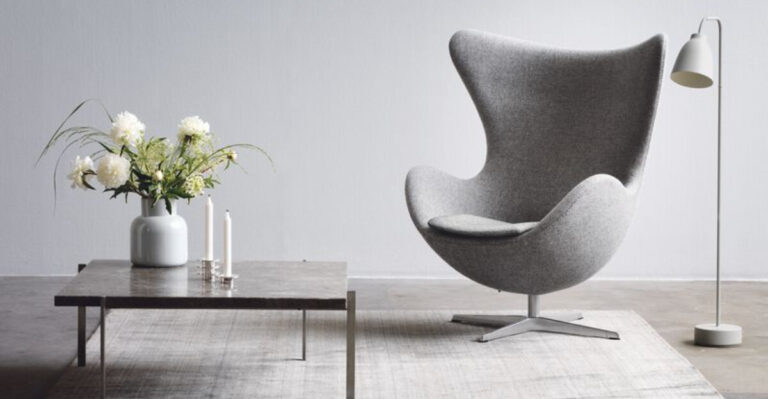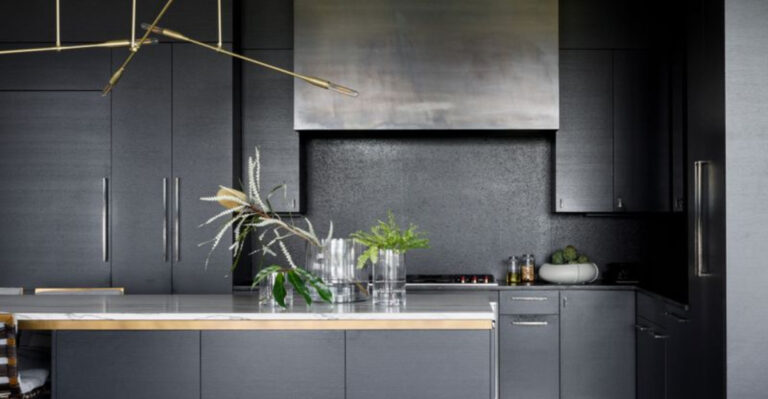20 Kid-Friendly Home Hacks to Keep Your House Clean And Fun
Keeping a house clean with kids feels like trying to fold laundry in the middle of a tornado, I know the struggle firsthand. But what if cleaning didn’t have to be a battle?
I’ve discovered some clever tricks that turn everyday messes into moments of fun, learning, and even laughter. Suddenly, tidying up becomes a game the whole family enjoys instead of a dreaded chore.
If you’re ready to flip the script and make your home a place where order and adventure live side by side, I’m excited to share the tips that helped me transform our chaotic mess into joyful moments.
1. Turn Cleanup Into A Dance Party
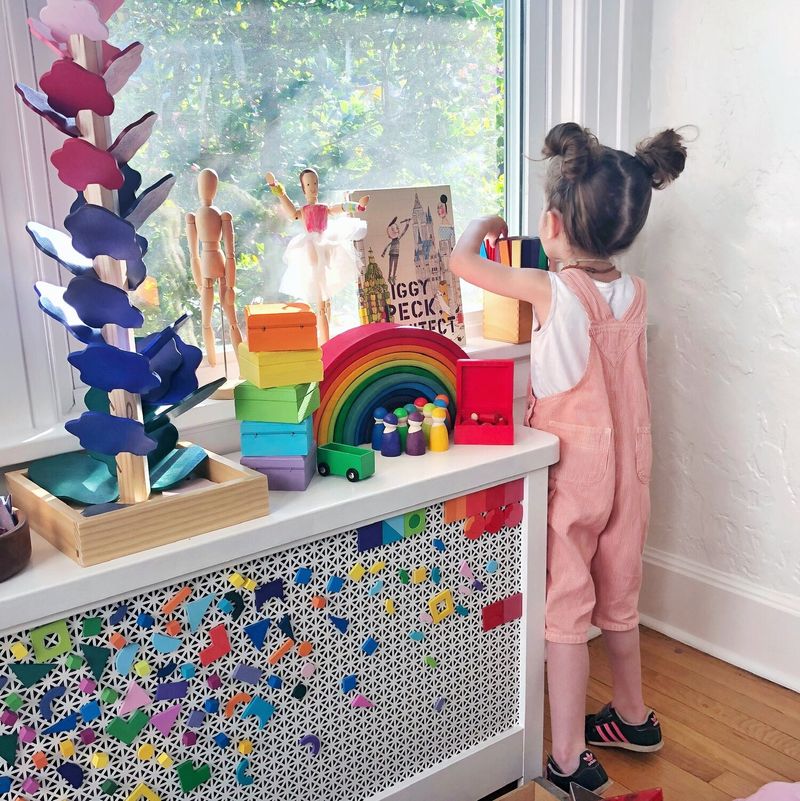
Crank up your kids’ favorite songs and watch magic happen. Dancing while picking up toys makes the chore feel like playtime instead of work.
Set a timer for one song and challenge everyone to clean as much as possible before it ends. Kids love racing against the beat, and you’ll be amazed how much gets done in three minutes.
Bonus points for silly dance moves while dusting!
2. Create Color-Coded Storage Bins
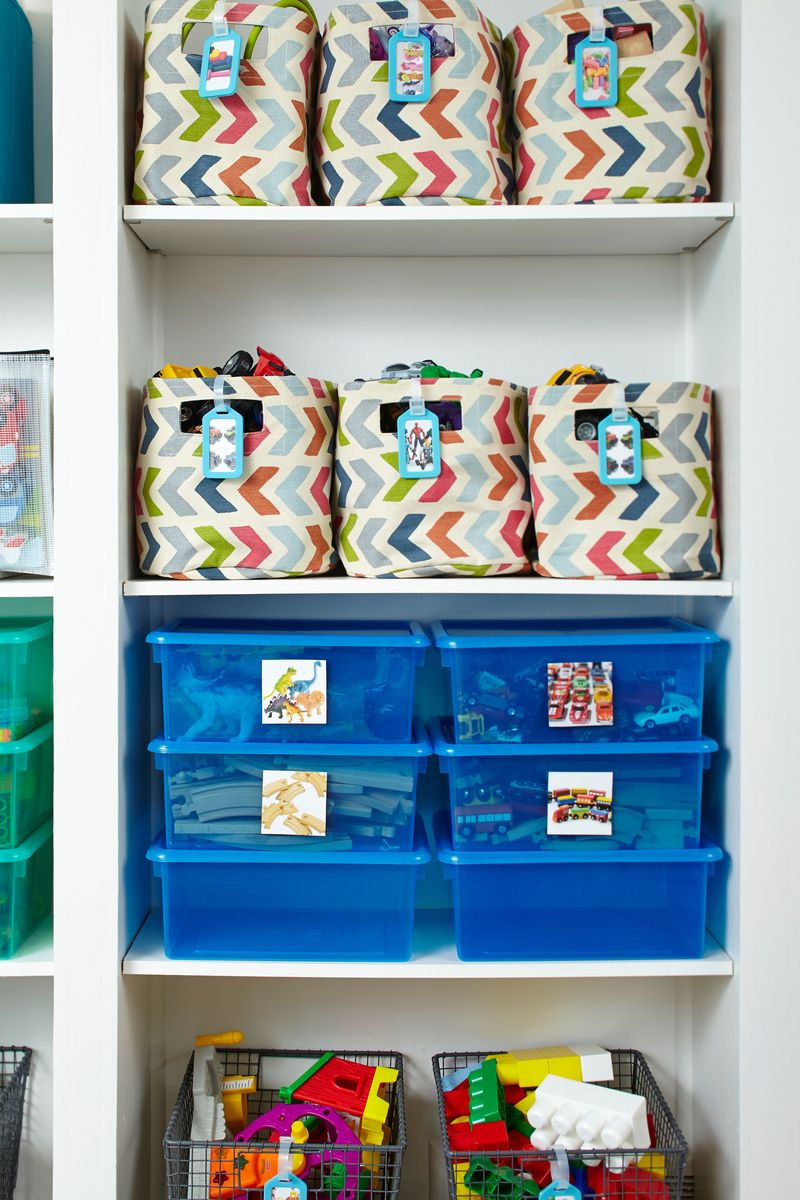
Sometimes the simplest solutions work best. Assign each child their own color for storage bins, baskets, and labels throughout the house.
Red bins for Emma, blue for Jake, and green for shared items. Kids naturally gravitate toward their special color, making it easier to remember where things belong.
Watch them beam with pride when they successfully sort their belongings into the right spots without any reminders from you.
3. Make Sock Matching A Game
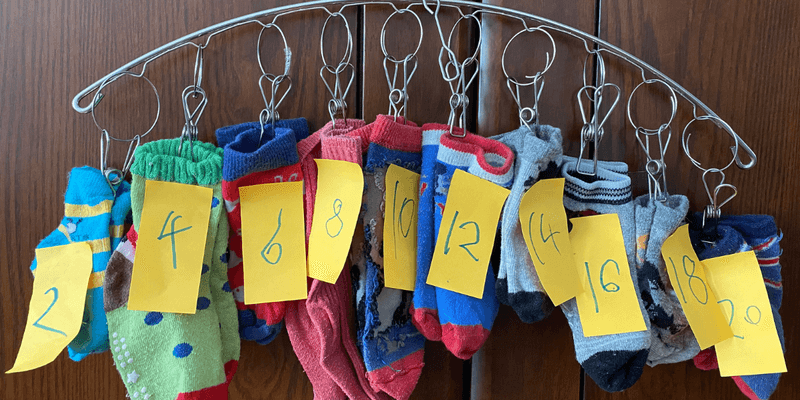
Laundry day doesn’t have to be a drag when you turn sock matching into an Olympic sport. Dump all the clean socks in the middle of the living room floor.
Give each kid a basket and see who can match the most pairs in five minutes. Create categories like ‘fastest matcher’ and ‘most creative pairing’ for extra giggles.
Even toddlers can participate by finding socks that look similar, building their observation skills while helping with housework.
4. Install Low Hooks Everywhere
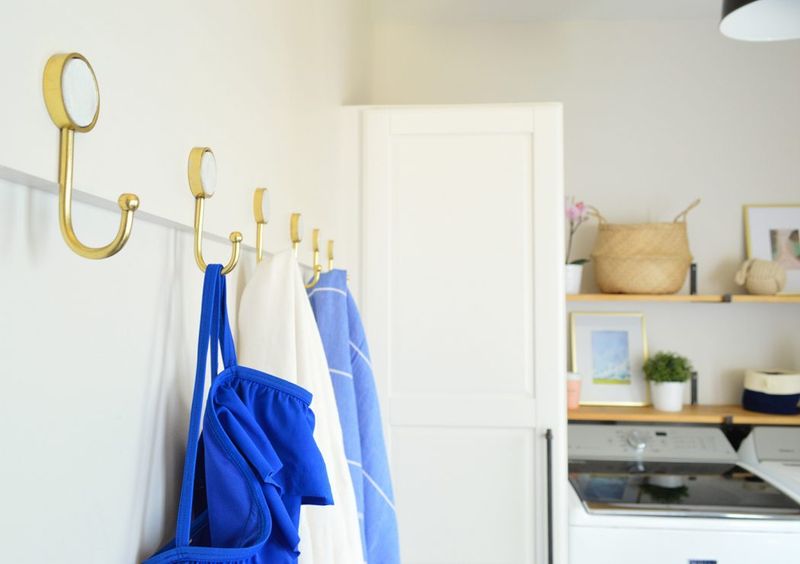
Height matters more than you think. Installing hooks at kid level transforms your home into a place where children can actually reach their belongings.
Put hooks by the front door for backpacks, in bathrooms for towels, and in bedrooms for pajamas. When kids can easily hang things up themselves, they’re more likely to do it.
Choose fun, colorful hooks that match each child’s personality to make organization feel special rather than boring.
5. Use The Ten-Minute Pickup Rule
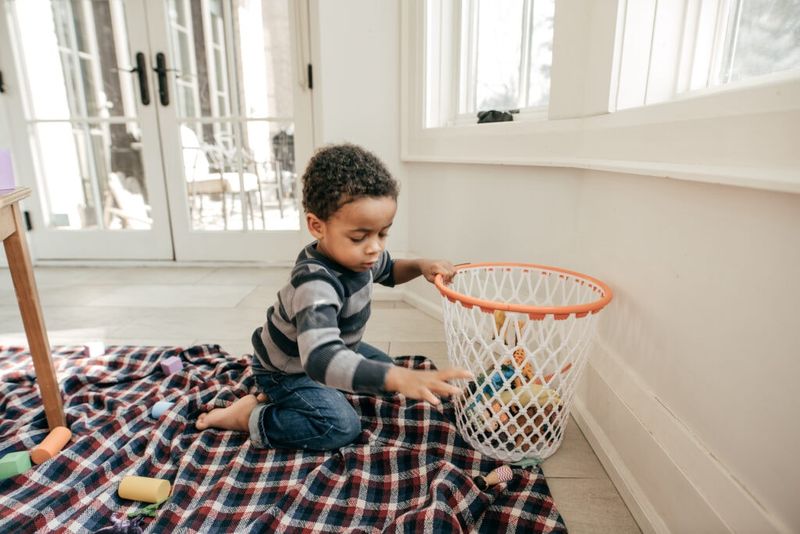
Before bedtime, set a timer for ten minutes and have everyone scatter throughout the house. Each person picks one room and tidies as much as possible before the buzzer sounds.
Kids love the challenge of beating the clock, and you’ll be shocked at how much cleaner your house looks in such a short time.
Make it more exciting by playing upbeat music or calling out silly cleanup commands like ‘hop while you organize’ or ‘clean like a robot.’
6. Build A Donation Station

Keep a pretty basket or box in a central location where kids can easily drop toys and clothes they’ve outgrown. Label it something fun like ‘Toy Rescue Station’ or ‘Kindness Box.’
When children choose to donate items themselves, they feel good about helping others while decluttering their space. Plus, it teaches generosity and decision-making skills.
Once a month, take a family trip to donate the collected items and let kids see how their choices help other families.
7. Transform Chores Into Superhero Missions
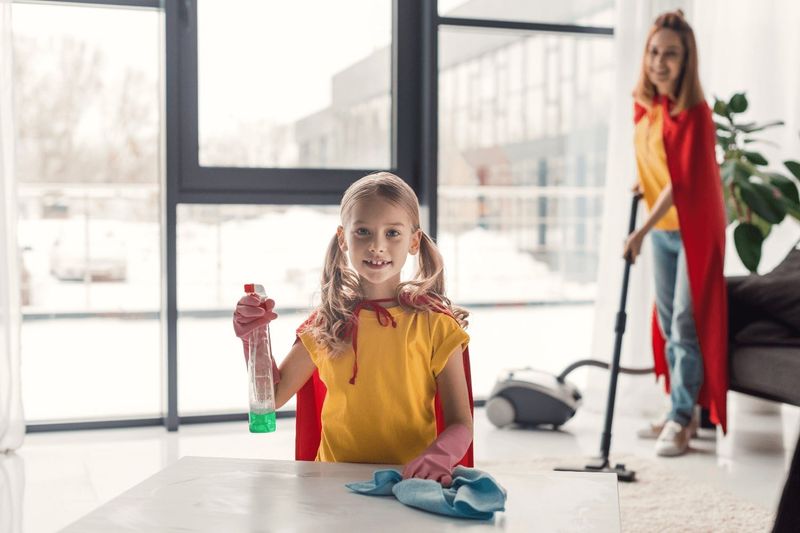
Captain Vacuum needs to defeat the dust bunnies under the couch! Princess Organize must rescue all the books from the floor and return them to their castle (bookshelf).
Creating storylines around household tasks engages kids’ imagination and makes cleaning feel like an adventure. Give each child a superhero name based on their favorite chore.
You can even create simple capes from old towels or let them wear their favorite costume while completing their heroic missions around the house.
8. Set Up Rotating Responsibility Charts
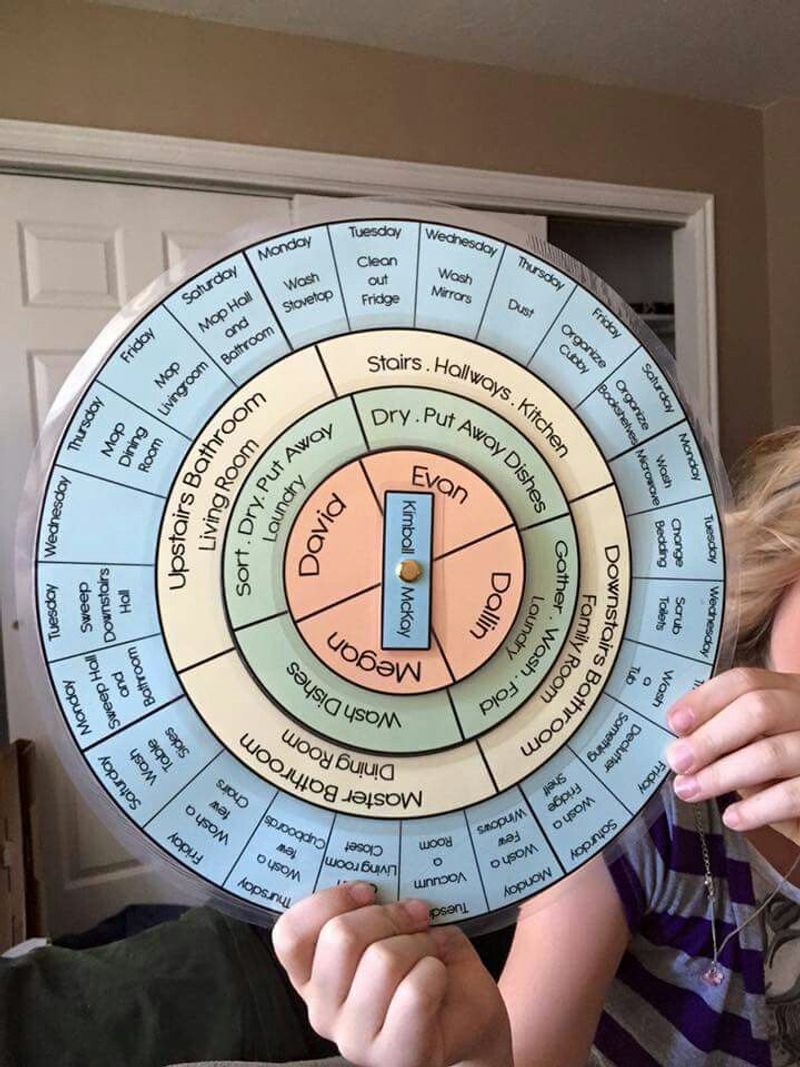
Instead of boring chore charts, create a spinning wheel or rotating system where kids take turns with different tasks each week. Monday might be ‘Feed the Fish Day’ while Tuesday becomes ‘Bathroom Inspector Day.’
Rotating responsibilities prevents boredom and helps children develop various life skills. Nobody gets stuck doing the same job forever, which keeps things fair and interesting.
Add stickers or stamps when tasks are completed to provide visual satisfaction and track progress throughout the week.
9. Create One-Minute Tidy Challenges

When unexpected guests are coming or you need a quick refresh, challenge kids to pick up as many items as possible in just sixty seconds. Count out loud to build excitement and urgency.
Kids thrive on short bursts of activity, and one minute feels manageable even to the most reluctant helpers. Race between siblings adds competitive fun to the mix.
Celebrate their efforts with high-fives and silly victory dances, regardless of how much actually gets cleaned up in that minute.
10. Use Clear Storage Containers
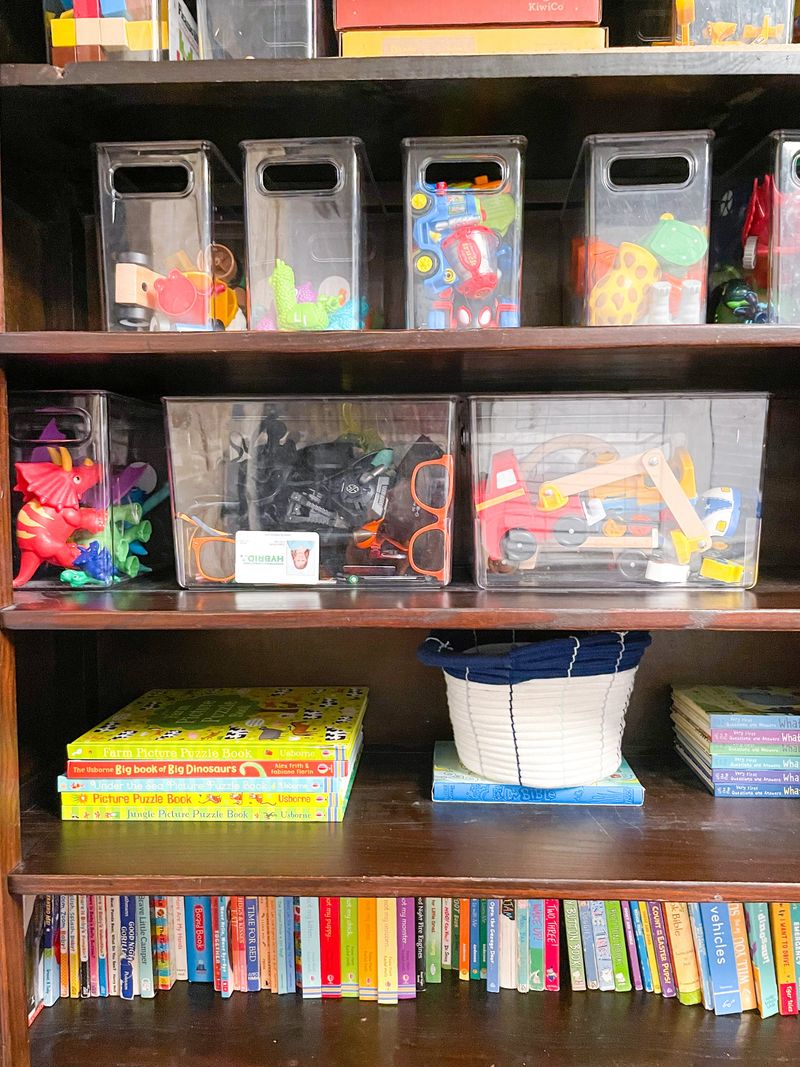
See-through bins and containers eliminate the guessing game that frustrates both kids and parents. When children can easily spot their favorite toy or art supplies, they’re more likely to put things back where they belong.
Label containers with both words and pictures for non-readers. A photo of blocks taped to the block container helps even toddlers understand the system.
Clear storage also helps you quickly assess what needs to be donated or organized, keeping clutter from building up over time.
11. Make Bed-Making Fun With Special Pillows
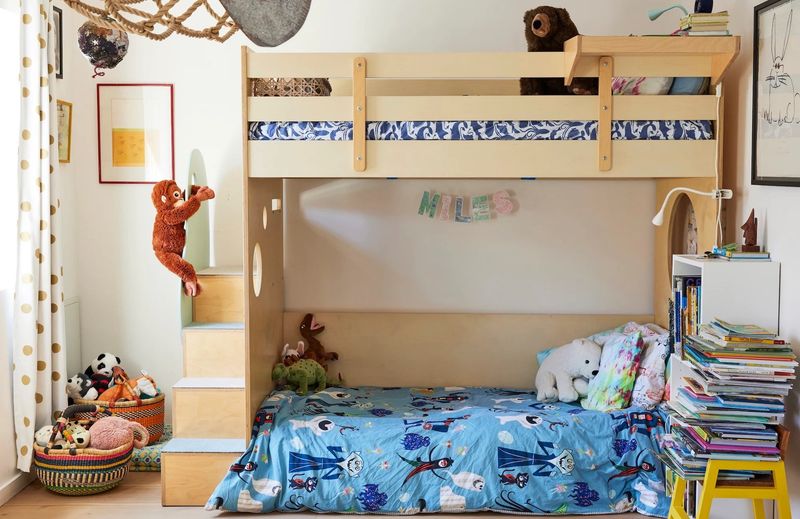
Give each child a special stuffed animal or decorative pillow that serves as the ‘finishing touch’ for their made bed. Kids love having something unique that makes their bed feel complete.
Teaching proper bed-making becomes easier when there’s a fun reward at the end. The special pillow or stuffed friend gets to ‘sleep’ on the nicely made bed all day.
Some kids enjoy arranging multiple stuffed animals in specific patterns, turning bed-making into a creative daily ritual they actually look forward to doing.
12. Install Shoe Cubbies By The Door
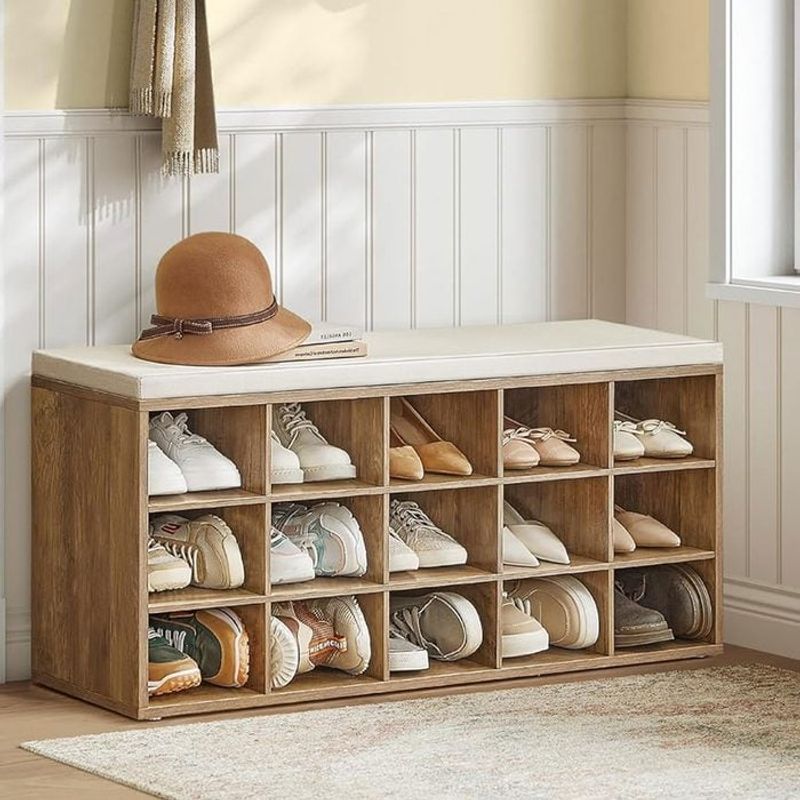
Muddy shoes scattered by the entrance drive parents crazy, but individual cubbies solve this problem instantly. Each family member gets their own designated space for footwear.
Choose cubbies that fit your family’s shoe sizes and daily needs. Some families need space for boots and sneakers, while others require slots for dance shoes and cleats.
Kids feel ownership over their personal cubby space and take pride in keeping their shoes organized and easy to find for busy mornings.
13. Create Cleaning Supply Caddies For Kids
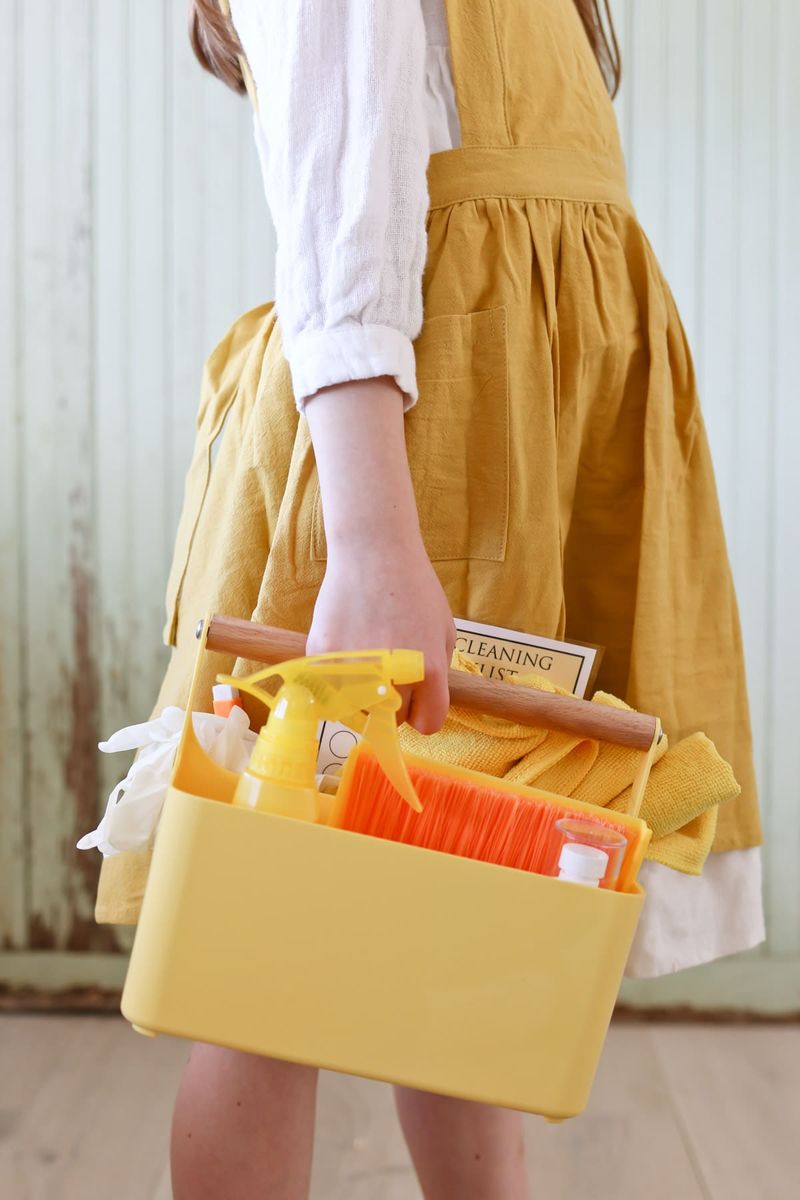
Fill small buckets or caddies with child-safe cleaning supplies like microfiber cloths, spray bottles with water, and gentle wipes. Kids love having their own special cleaning kit.
Store these caddies in accessible locations so children can grab them whenever they want to help with housework. Having their own supplies makes them feel important and capable.
Teach proper cleaning techniques and safety rules, then let kids tackle age-appropriate tasks like wiping down low surfaces or organizing their own spaces independently.
14. Use Laundry Baskets As Toy Corrals
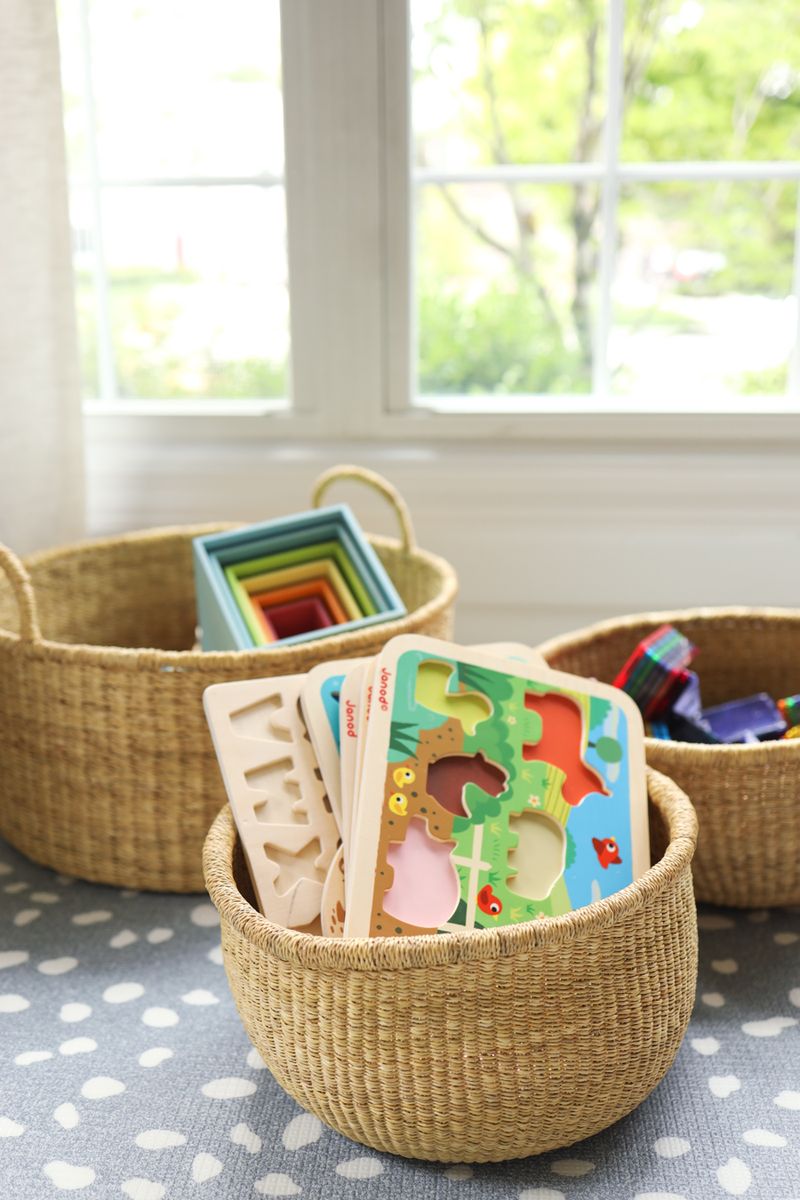
When toys are scattered everywhere, grab a laundry basket and turn cleanup into a basketball game. Kids can ‘shoot’ toys into the basket from across the room.
Different sized baskets work for different types of toys. Large baskets handle stuffed animals and balls, while smaller ones are perfect for action figures and art supplies.
Once everything is corralled in baskets, kids can easily carry their toys to the proper storage areas without making multiple trips or dropping items along the way.
15. Establish No-Toy Zones
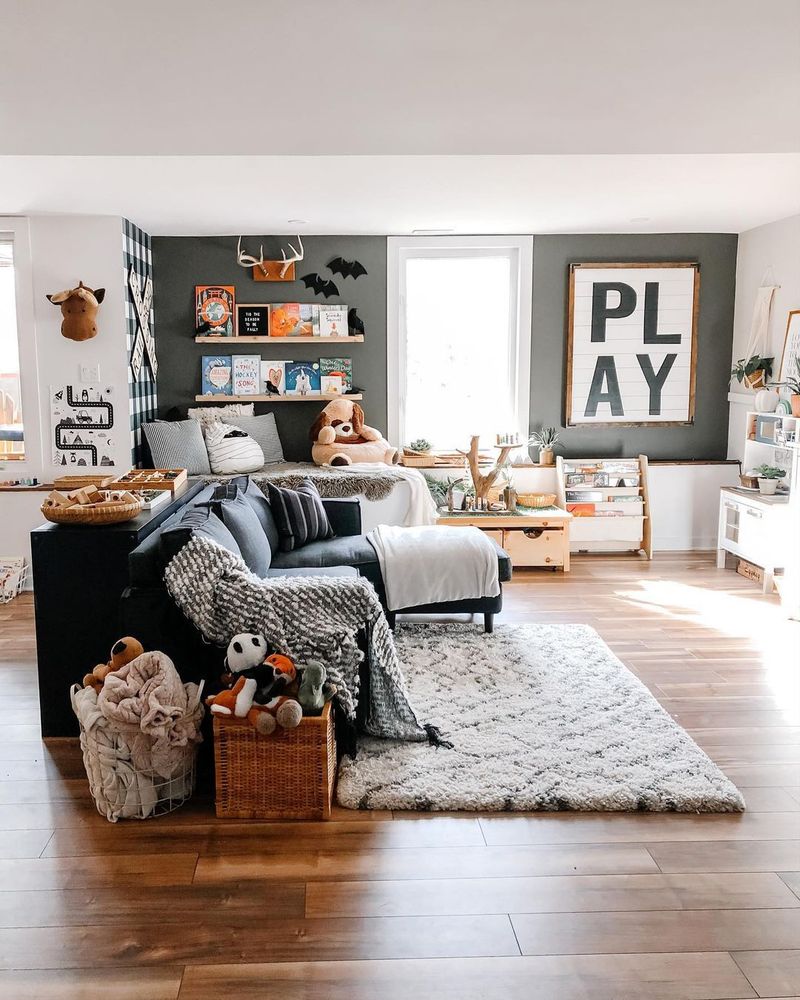
Designate certain areas of your home as toy-free spaces where kids can only bring specific items. The dining room might only allow books, while the living room could be for puzzles and quiet activities.
This strategy prevents toys from spreading throughout the entire house and gives your family peaceful spaces for different activities. Kids learn to respect boundaries and think about where they play.
Clearly mark these zones with fun signs or colored tape on the floor so everyone understands the rules and can help maintain the system.
16. Make Sorting Games With Everyday Items
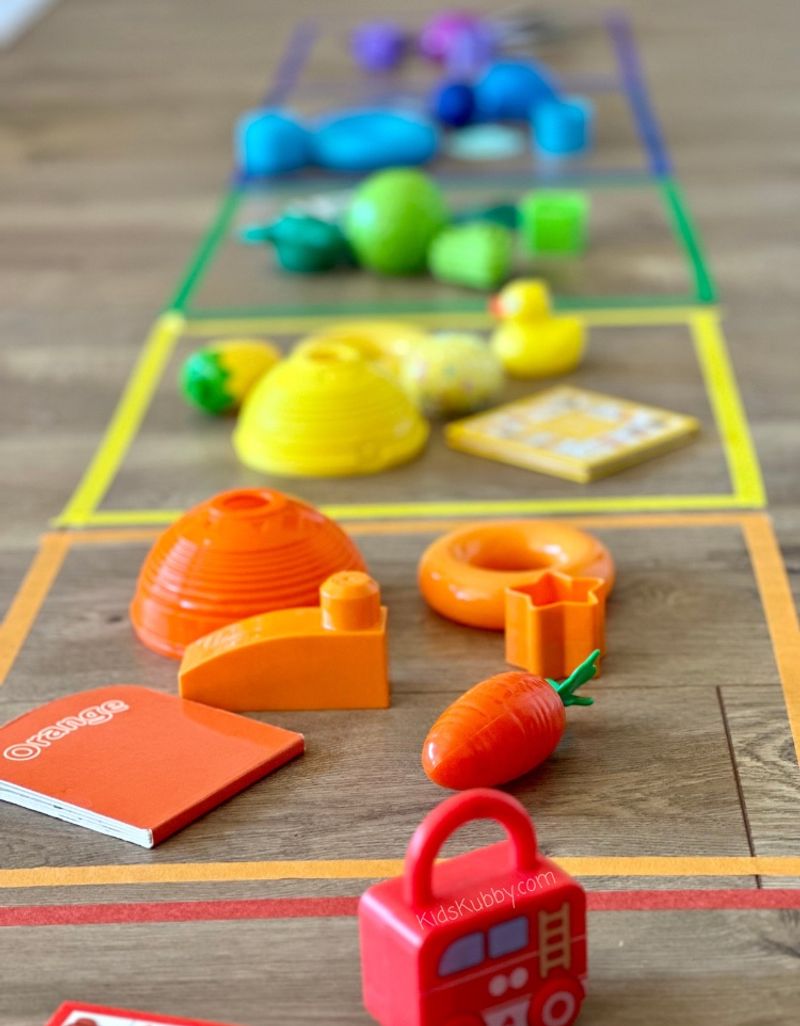
Turn putting away groceries, folding laundry, or organizing closets into sorting competitions. Kids can group items by color, size, type, or any category that makes sense for the task.
Sorting naturally appeals to children’s developing brains and helps them understand patterns and organization. Plus, they’re learning valuable life skills while having fun.
Create silly categories like ‘things that are soft’ or ‘items that start with the letter B’ to keep the game interesting and educational at the same time.
17. Use Timers For Everything

Timers create urgency and excitement around tasks that might otherwise feel endless to children. Set fifteen minutes for room cleaning, five minutes for putting away art supplies, or three minutes for shoe organization.
Kids work more efficiently when they know exactly how long they need to focus on a task. The ticking countdown adds a game-like element to ordinary chores.
Choose timers with fun sounds or visual elements that appeal to your children’s preferences. Some kids love digital countdowns while others prefer traditional ticking sounds.
18. Create A Lost And Found Box
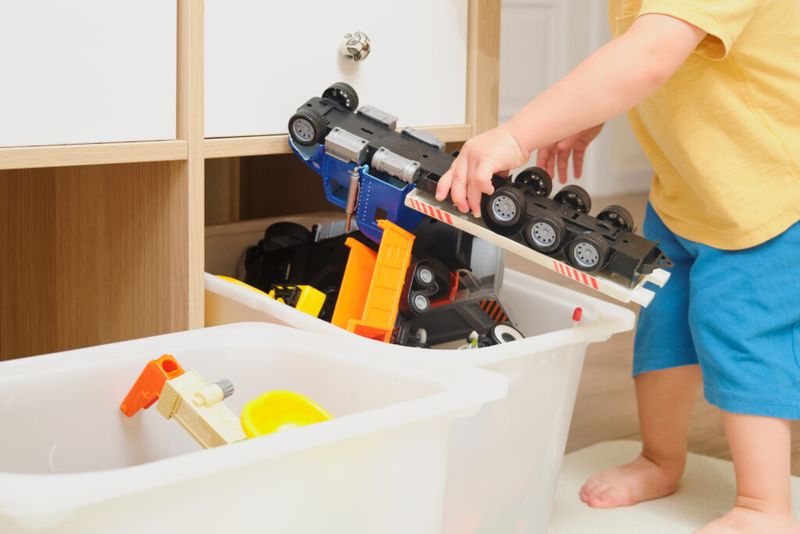
Designate a special container for items that are found in the wrong places around your house. When someone discovers a toy in the kitchen or a book in the bathroom, it goes into the lost and found.
Once a week, have a family meeting where everyone claims their items from the box. Kids learn to be more mindful about where they leave their belongings.
Items that remain unclaimed for a certain period can be donated, helping children understand the importance of taking care of their possessions.
19. Install Magnetic Strips For Small Items
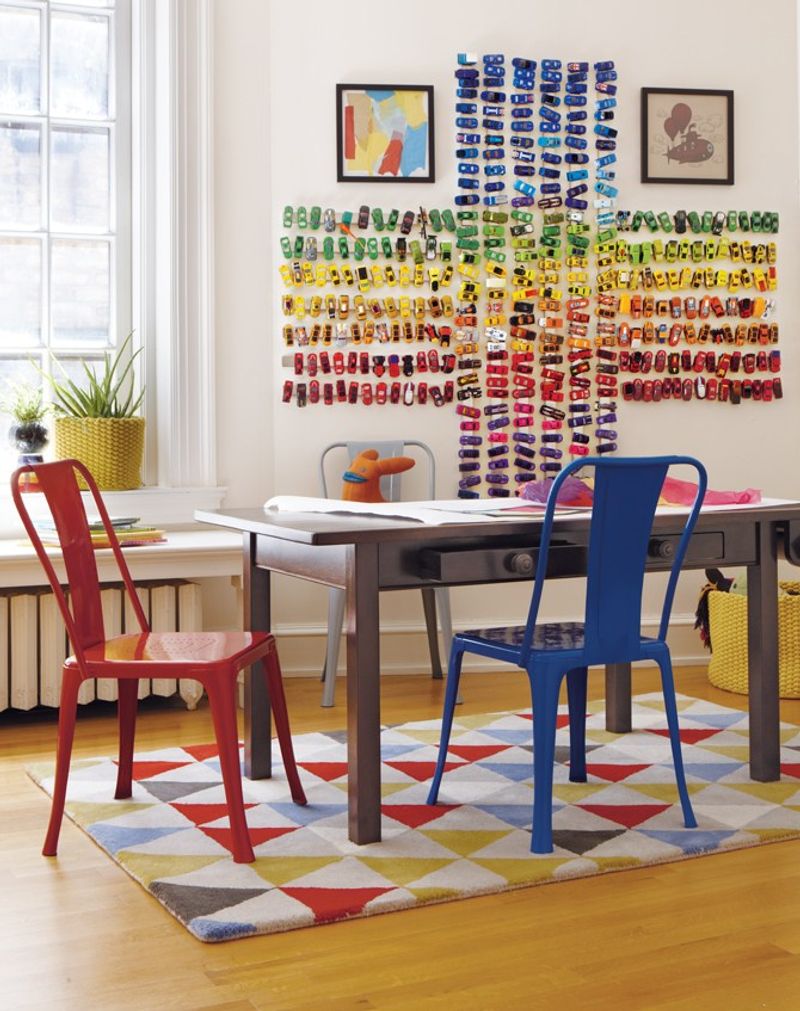
Magnetic strips aren’t just for kitchen knives anymore. Install them in kids’ rooms to hold small metal toys, art supplies with magnetic backs, or even photos with magnetic frames.
This vertical storage solution saves drawer space and keeps frequently used items visible and accessible. Kids love the satisfying ‘snap’ when items stick to the magnetic surface.
Use colorful magnetic strips or paint plain ones to match your child’s room decor. The visual appeal makes organization feel more like decoration than storage.
20. Teach The One-Touch Rule
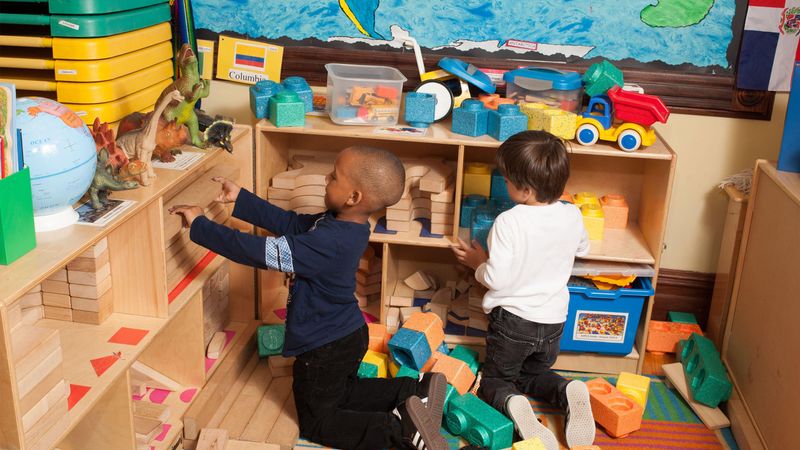
Help children understand that when they pick up an item, they should put it away immediately rather than setting it down somewhere else. This simple rule prevents clutter from accumulating throughout the day.
Practice this concept during play time by having kids put away one toy before taking out another. It becomes a natural habit that reduces overwhelming cleanup sessions.
Praise kids when you notice them following the one-touch rule independently. Positive reinforcement helps cement this valuable organizational skill for life.

